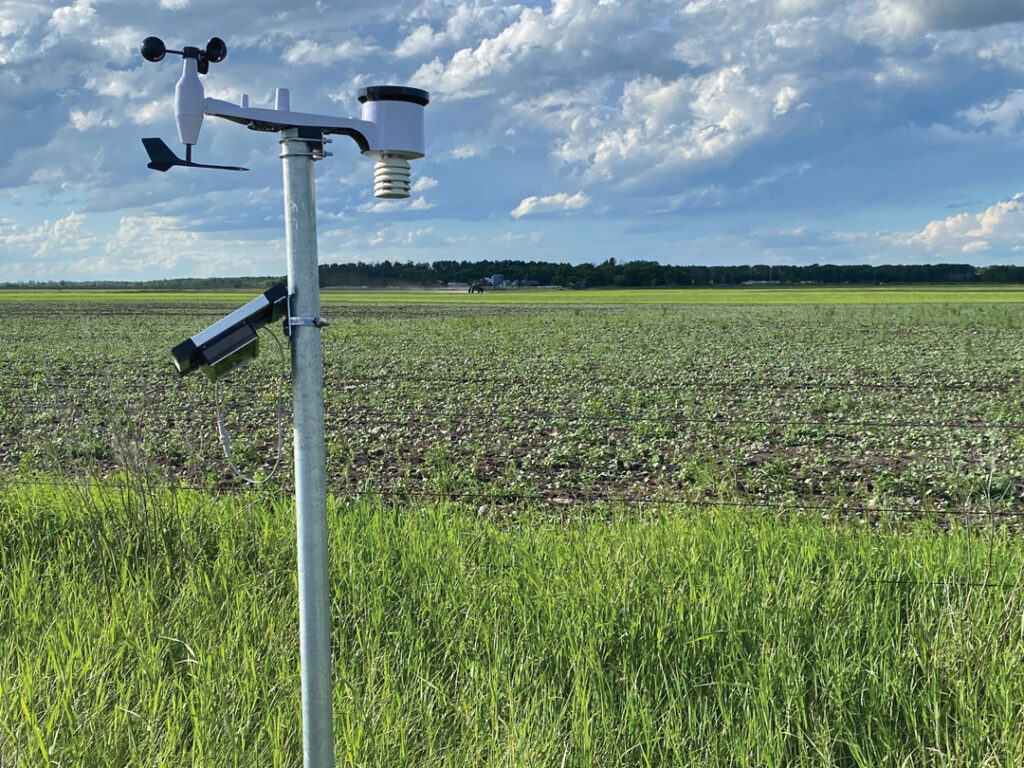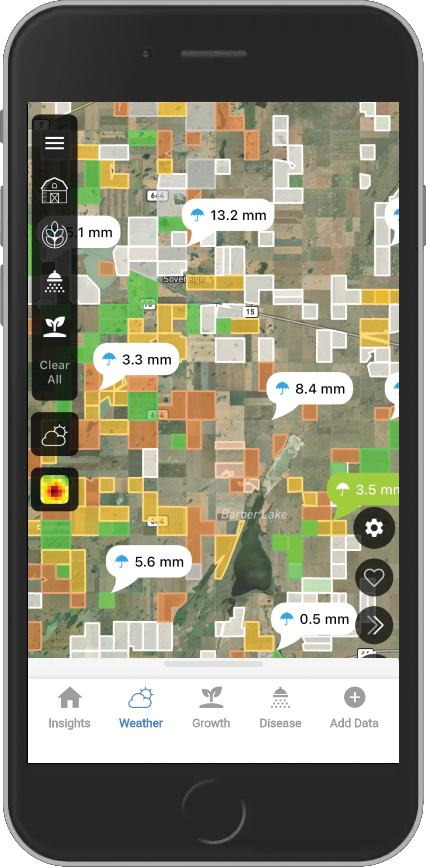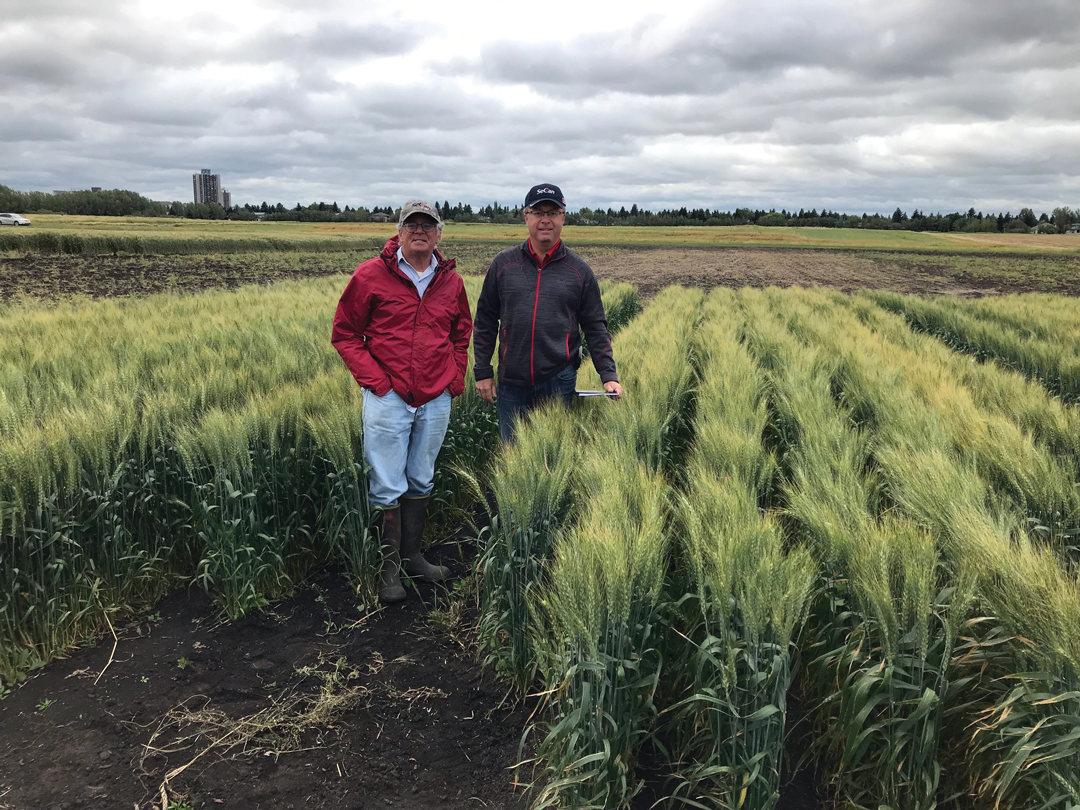NITROGEN OPTIMIZATION
BY TRUDY KELLY FORSYTHE • PHOTO COURTESY OF UKKO AGRO
Nitrogen is a fundamental driver of plant growth, yet a significant portion of what is applied annually by farmers is not taken up by the crop. When nitrogen fertilizer is applied to a field, a portion is lost to greenhouse gas emissions, leaching and run-off. “It’s an inefficiency problem,” said Chad Matthies, chief growth officer of Ukko Agro, a Toronto-based ag tech company.
To address this issue, the company is developing an algorithm to predict optimal application times and prescribe pre- and in-season application of nitrogen for crops. The algorithm will be integrated within ForeSite, the company’s signature product. The farm software platform uses farmers’ weather networks and shared weather data to make predictions about crop development and disease risk.
In 2023, the Canadian Agri-Food Automation and Intelligence Network (CAAIN) awarded Ukko Agro more than $750,000 in funding towards a $2.3-million project to develop the algorithm. CAAIN is a not-for-profit company funded primarily through the Government of Canada’s Strategic Innovation Fund, which supports research, development and adoption of new technology to drive sustainable growth in agriculture.

“Ukko Agro’s algorithm has the potential to improve farm productivity and profitability while decreasing environmental impact and, like almost all the innovation we support, it relies on artificial intelligence,” said Garson Law, CAAIN director of programs. “We are looking forward to following the progress of this exciting ag tech.”
The algorithm uses field-specific data such as farmer-supplied input rates, crop growth stage observations and soil moisture levels. It also incorporates nitrogen levels obtained from soil probes to validate the accuracy of the algorithm’s results. This allows the algorithm to make tailored nitrogen application rate recommendations based on target yield goals relative to a crop’s yield potential and available nitrogen.
The goal is to make the process as hands-off and user-friendly as possible for farmers. “The algorithm will help farmers determine the best time to apply, as well as how much, based on the conditions,” said Matthies. “Timing is critical, not only in crop growth stage or need of nitrogen, but it’s also critical to time proper rainfall events so you can activate and make optimal use of it.” Because it incorporates machine learning, the algorithm will become more precise over time and require less data input to provide its recommendations.
Along with CAAIN, the project is supported by Hawk’s Agro and Chrysalabs, a Quebec-based ag tech company specialized in real-time soil analysis. A leading western Canadian retailer of agricultural products, services and professional advice, Hawk’s Agro has served as a key agronomic advisor and research and development partner on the project. Its staff provide agronomic advice on crop practices, their interaction with soil and nitrogen application techniques.
Based on two years of in-field research data during the 2024 and 2025 growing seasons, the algorithm is expected to be incorporated in the ForeSite platform ahead of 2026. While it will first be offered for use with canola, the company expects to eventually apply the technology to additional broadacre crops.







Comments